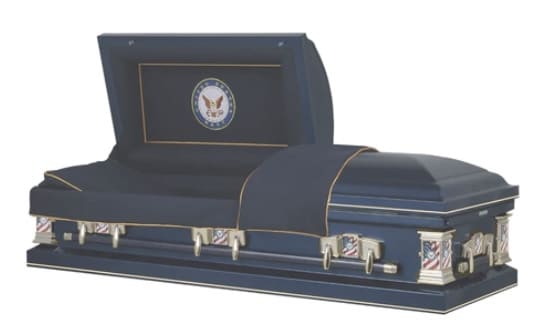Throughout human history, death has been a central and universal experience. In response to this inevitability, civilizations have developed a wide array of burial practices and burial containers, with coffins being one of the most enduring and symbolic. The evolution of coffins from ancient times to modern designs offers a fascinating glimpse into the changing beliefs, technologies, and cultural values surrounding death.
Contents
Ancient Origins
The origins of the coffin can be traced back to ancient civilizations such as Egypt, where elaborate burial practices were common. Egyptians believed in an afterlife, and they constructed intricate coffins, often adorned with intricate carvings and paintings, to protect and preserve the deceased’s body. These early coffins reflected a belief in the importance of the body’s integrity in the afterlife.
Similarly, in ancient China, the use of coffins can be traced back over 3,000 years. Chinese coffins were often made from wood and shaped like rectangular boxes. They believed that the deceased needed a comfortable resting place for their journey to the afterlife.
Medieval Europe and the Renaissance
In medieval Europe, the design of coffins evolved along with changing religious beliefs. During the Middle Ages, a period dominated by Christianity, the idea of physical resurrection gained prominence. Coffins became more rudimentary and functional, as the focus shifted from preserving the body to the belief in the soul’s salvation.
The Renaissance era, on the other hand, saw a resurgence in artistry and craftsmanship in coffin design. Elaborate and ornate coffins were crafted, featuring intricate carvings, inlays, and even personalized epitaphs. These coffins became symbols of status and wealth.
19th Century Innovations
The 19th century marked a significant shift in coffin design with the advent of the industrial revolution. Mass production techniques led to the standardization of coffin shapes and sizes. Coffins were now commonly made from materials like metal and glass, reflecting the era’s technological advancements.
The concept of the viewing or wake also gained popularity during this time. Glass panels were introduced into coffin lids, allowing mourners to see the deceased’s face, a practice that continues in some cultures today.
The Modern Coffin
In the 20th and 21st centuries, coffin design has continued to evolve, influenced by a growing awareness of environmental concerns, changing religious beliefs, and a desire for personalization hence making the process of buying a coffin simpler.
One significant trend has been the rise of eco-friendly coffins made from biodegradable materials such as bamboo, wicker, or recycled cardboard. These eco-coffins address environmental concerns by minimizing the ecological impact of burial.
Personalization has become a prominent feature in modern coffin design. Families can now choose from a wide range of styles, colors, and materials to reflect the personality and interests of the deceased. Customized coffins, featuring everything from sports team logos to artistic designs, have become increasingly popular.
Advancements in technology have also contributed to coffin design. Some coffins are now equipped with speakers to play the deceased’s favorite music during the funeral, or even video screens to display photos and videos of their life.
Cultural and Religious Influences
Cultural and religious factors continue to play a significant role in coffin design. In certain cultures, such as the Jewish tradition, simple wooden coffins are preferred, reflecting a belief in the equality of all in death. Muslim burial practices also emphasize simplicity, with bodies often wrapped in a shroud and placed directly in the ground.
In contrast, some cultures, like the ancient Egyptians, have retained elaborate coffin traditions that persist to this day, emphasizing the importance of the body’s preservation.
Conclusion
The evolution of coffins from ancient times to modern designs reflects the changing beliefs, technologies, and cultural values surrounding death. From elaborate and ornate constructions to eco-friendly, personalized options, coffins continue to serve as powerful symbols of how societies grapple with mortality.
As we continue to navigate the complexities of death and mourning in the modern era, the design of coffins will likely continue to evolve, reflecting our ever-changing attitudes towards life’s most inevitable event. In this evolution, we find not only a testament to human ingenuity but also a mirror to our deepest beliefs and values.
